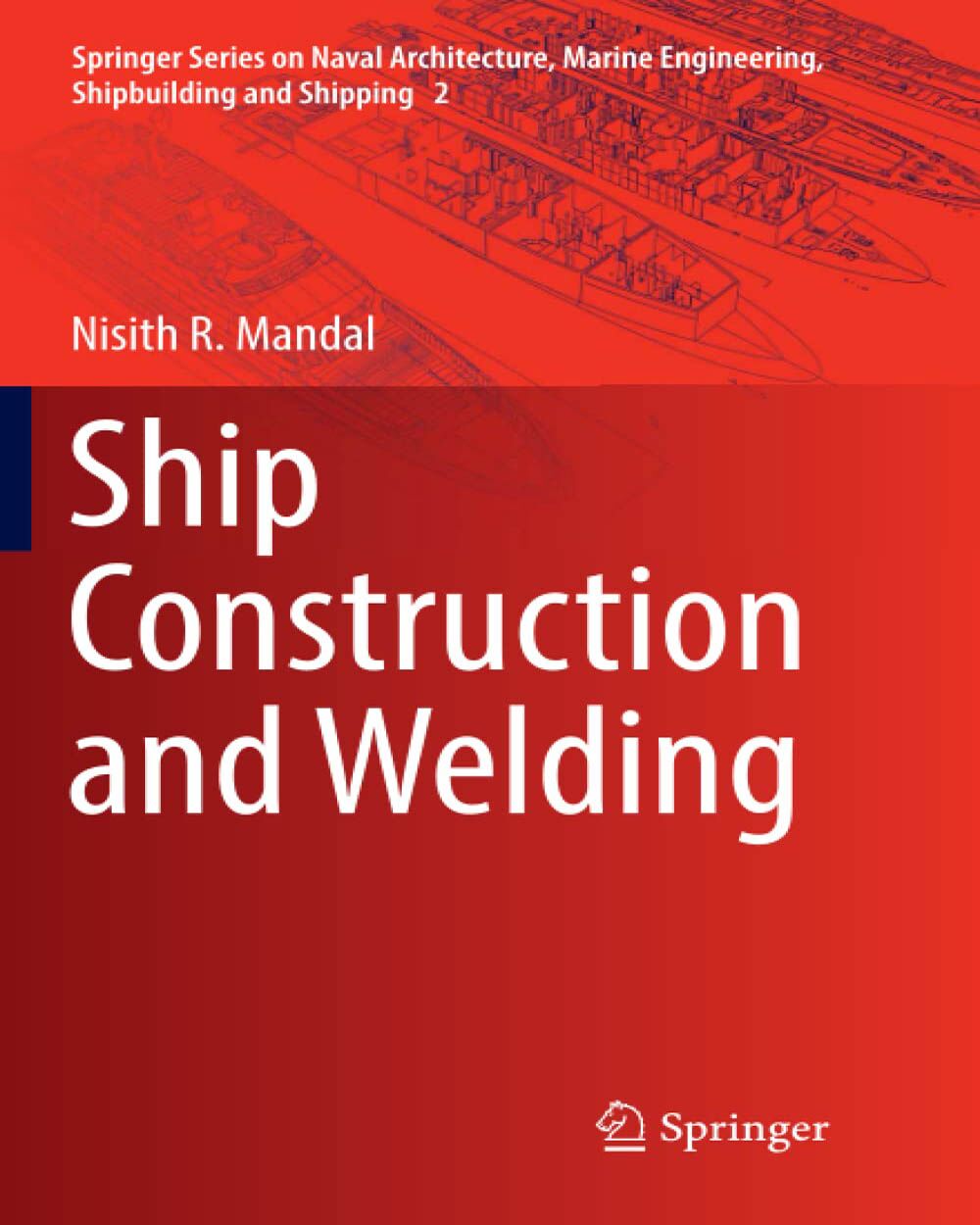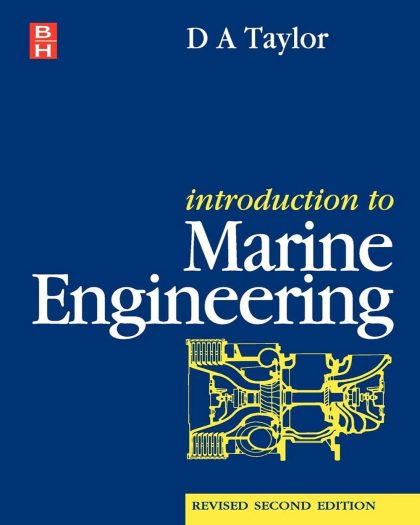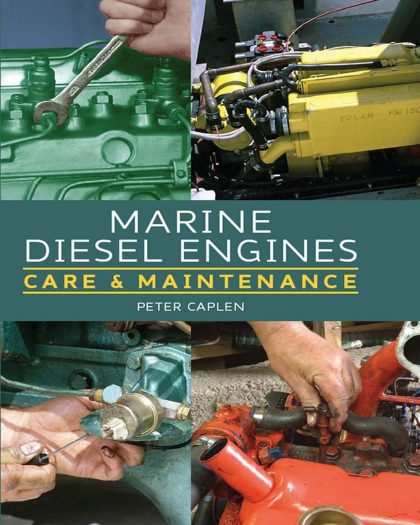This book addresses various aspects of ship construction, from ship types and construction materials, to welding technologies and accuracy control. The contents of the book are logically organized and divided into twenty-one chapters.
The book covers structural arrangement with longitudinal and transverse framing systems based on the service load, and explains basic structural elements like hatch side girders, hatch end beams, stringers, etc. along with structural subassemblies like floors, bulkheads, inner bottom, decks and shells. It presents in detail double bottom construction, wing tanks & duct keels, fore & aft end structures, etc., together with necessary illustrations. The midship sections of various ship types are introduced, together with structural continuity and alignment in ship structures.
With regard to construction materials, the book discusses steel, aluminum alloys and fiber reinforced composites. Various methods of steel material preparation are discussed, and plate cutting and forming of plates and sections are explained. The concept of line heating for plate bending is introduced.Welding power source characteristics, metal transfer mechanisms, welding parameters and their effects on the fusion zone, weld deposit, and weld bead profile are discussed in detail. Various fusion welding methods, MMAW, GMAW, SAW, Electroslag welding and Electrogas welding and single side welding are explained in detail. Friction stir welding as one of the key methods of solid state welding as applied to aluminum alloys is also addressed.
The mechanisms of residual stress formation and distortion are explained in connection with stiffened panel fabrication, with an emphasis on weld induced buckling of thin panels. Further, the basic principles of distortion prevention, in-process distortion control and mitigation techniques like heat sinking, thermo-mechanical tensioning etc. are dealt with in detail.
In its final section, the book describes in detail various types of weld defects that are likely to occur, together with their causes and remedial measures. The nondestructive testing methods that are most relevant to ship construction are explained. Lastly, a chapter on accuracy control based on statistical principles is included, addressing the need for a suitable mechanism to gauge the ranges of variations so that one can quantitatively target the end product accuracy.
You must be logged in to post a review.





Reviews
There are no reviews yet.